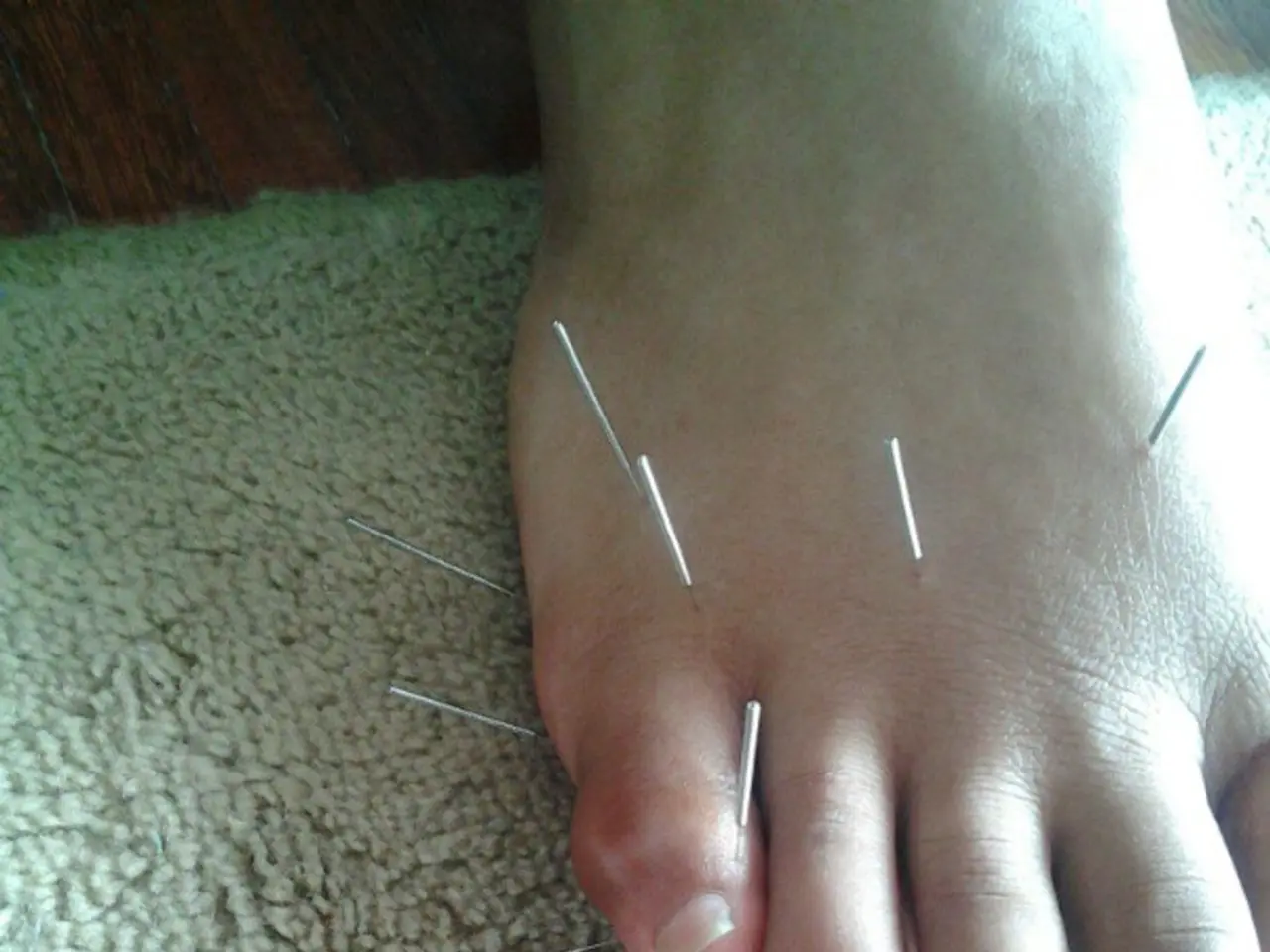Diagnosing Pyoderma Gangrenosum: Separating It from Infections, Vasculitis, and Necrotizing Fasciitis
Pyoderma Gangrenosum (PG) is a rare, non-infectious skin condition that can often be misdiagnosed due to its overlapping clinical features with various other conditions. Here's a guide to help distinguish PG from similar conditions, focusing on infections, vasculitis, necrotising fasciitis, venous ulcers, Martorell ulcers, and other related conditions.
Pyoderma Gangrenosum (PG) is characterised by painful, non-healing pus-filled ulcers with undermined borders. Unlike infections, PG lesions are sterile and do not respond to antibiotics. A biopsy can help exclude infections and identify the neutrophilic infiltration characteristic of PG.
Vasculitis, on the other hand, involves vessel wall inflammation, which is not a feature of PG. Additionally, vasculitis may present with systemic symptoms and laboratory markers of inflammation distinct from PG.
Necrotising fasciitis, often referred to as a "flesh-eating disease," is a rapidly spreading soft tissue infection with systemic toxicity and positive culture or imaging signs of deep tissue gas. PG, however, presents with sterile necrotic ulcers, and a biopsy shows neutrophilic dermatosis rather than necrosis caused by bacteria.
Venous ulcers and Martorell ulcers, which are often related to vascular insufficiency or hypertension, heal differently than PG and lack the intense neutrophilic infiltration pathognomonic for PG. Martorell ulcers are frequently mistaken for PG due to similar appearance but require different management.
In clinical practice, accurate diagnosis relies heavily on careful clinical correlation and history, skin biopsy for histopathological evaluation to detect neutrophilic dermatoses and exclude infections/vasculitis, microbiological cultures to rule out infection, and evaluation for systemic symptoms and laboratory tests to distinguish inflammatory or infectious causes.
Careful re-evaluation is critical if the clinical picture evolves unexpectedly or if standard treatments fail, to avoid misdiagnosis and inappropriate therapies.
PG is also linked to a phenomenon called "Pathergy," where ulcer formation or worsening of pre-existing ulcers is triggered following a minor skin injury. PG is more common in age groups above 50 years, and women are more often affected than men.
It's important to note that PG is part of a category of skin conditions called "neutrophilic dermatoses." Other conditions in this category, such as Cryoglobulinemia, ANCA-associated vasculitis, and Cutaneous small vessel vasculitis (CSVV), can also mimic PG.
PG is often associated with systemic diseases, most commonly Inflammatory Bowel Disease (IBD). Therefore, a thorough medical history and examination are crucial in the correct diagnosis and management of PG.
In conclusion, while Pyoderma Gangrenosum shares similarities with various conditions, careful clinical evaluation, histopathological examination, and microbiological tests can help distinguish it from these conditions, ensuring appropriate diagnosis and treatment.
- Pyoderma Gangrenosum (PG) is characterized by non-healing, pus-filled ulcers with undermined borders, unlike infections that are responsive to antibiotics.
- Unlike PG, vasculitis involves vessel wall inflammation and may present with systemic symptoms and distinct laboratory markers of inflammation.
- Unlike Necrotising fasciitis, PG presents with sterile necrotic ulcers, and a biopsy shows neutrophilic dermatosis instead of necrosis caused by bacteria.
- Venous ulcers and Martorell ulcers heal differently than PG and lack the intense neutrophilic infiltration pathognomonic for PG, while being frequently mistaken for PG due to similar appearance.




